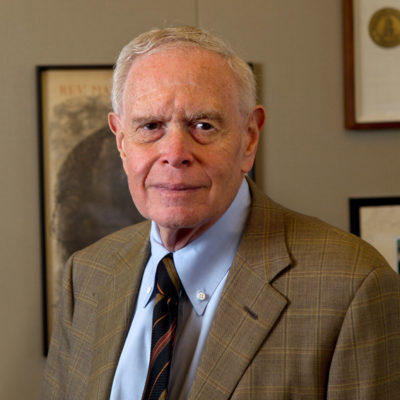Presenting A ‘Unified’ Theory Of Originalism
Summary
Critics of originalism like to claim that the existence of several competing variations of originalist theory undermines the case for originalism itself. This has always been an exaggeration. All originalists–regardless of their flavor–share the basic view that the meaning of the text of the Constitution was fixed at the time it was adopted (the “Fixation Thesis“) and that this meaning should constrain constitutional actors today (the “Constraint Principle“). But it is undeniable that a schism exists among originalist theorists over the “interpretation-construction distinction.” According to this distinction, there is a fundamental difference between constitutional interpretation–the activity of identifying the communicative content of the text–and constitutional construction–the activity of giving legal effect to, or implementing, that meaning.
Since my book, Restoring the Lost Constitution, was first published in 2004, I have insisted that, because constitutional construction occurs when original meaning “runs out,” the term “originalist” is properly limited to the activity of interpretation and, correlatively, the activity of construction is unavoidably “nonoriginalist.” For some originalists and nonoriginalists alike, while original meaning interpretation may close the door for unwarranted judicial discretion, allowing for the legitimacy of nonoriginalist constitutional construction opened the window. While nonoriginalists cheer this as showing that originalism differs little in practice from living constitutionalism, this has led some originalists to deny or disparage the distinction itself.
…
In this paper, Evan and I retrace the intellectual history of originalism as a theory from when it was first identified in 1980 by Paul Brest, and present a “unified” theory of originalism that embraces both interpretation and construction. It is called The Letter and the Spirit: A Unified Theory of Originalism. In this paper, we draw heavily on two ideas: First, that ours is a “fiduciary constitution,” which establishes a relationship of trust between the people and their agents in government (a position I argued for in Our Republican Constitution); and second, that the “duty of good faith performance of contracts” provides important guidance as to how the discretion granted by the text of the Constitution to implement its terms should properly be constrained. …
Read More
